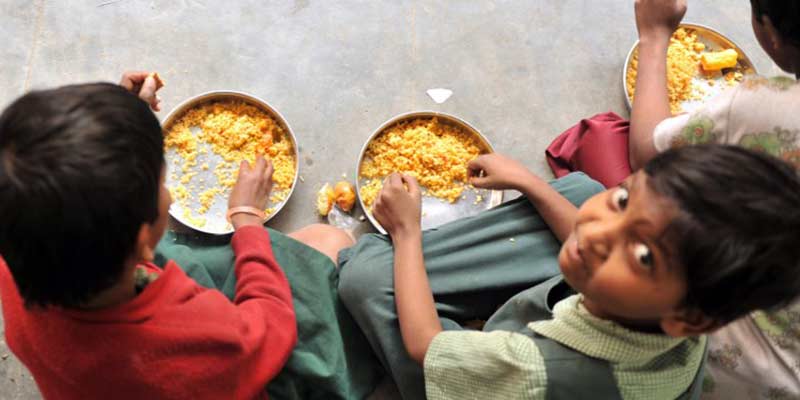- India
- Mar 18
Stunting declines to 34.7% in 2017-18
Malnutrition (stunting of children) in India has reduced to 34.7 per cent in 2017-18, a senior government official said. As per the National Family Health Survey 2015-16 data, stunting of children in the age group of 0-6 years declined to 38.4 per cent in 2015-16 from 48 per cent in 2004-05.
“A survey conducted by UNICEF and the health ministry shows that the rate of stunting has reduced to 34.7 per cent in 2017-18 from 38.4 per cent in 2015-16,” the official said.
Stunting, or low height for age, is caused by long-term insufficient nutrient intake and frequent infections.
“Decadal decline (2004-05 to 2015-16) in stunting of children in the age group of 0-6 years was 10 percentage points, that is 1 percentage point per annum. But according to a study by UNICEF and the health ministry, the decline from 2015-16 to 2017-18 was around 4 percentage points. That is around 2 percentage points decline per annum, which is a big achievement,” he noted.
The survey is based on information collected from 1.12 lakh households.
“Now that around 2 percentage points reduction in malnutrition has been achieved, the target in the Poshan Abhiyan seem to be less ambitious,” the official asserted.
Launched by Prime Minister Narendra Modi in March 2018, Poshan Abhiyan aims to bring down the stunting of children from 38.4 per cent in 2015-16 to 25 per cent by 2022.
The official further said, the survey has shown positive trends in other key health indicators, such as decline in anemia in women.
“Anemia in women declined to 40 per cent in 2017-18 from 50-60 per cent in 2015-16,” the official said.
According to the Global Nutrition Report 2018, India is facing a major malnutrition crisis as it accounts for almost a third of the world’s burden for stunting.
With 46.6 million children who are stunted, India tops the list of countries, followed by Nigeria (13.9 million) and Pakistan (10.7 million), the report had said.

